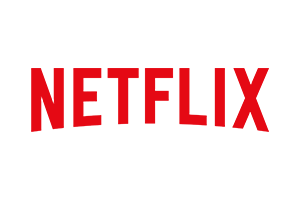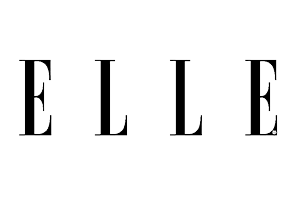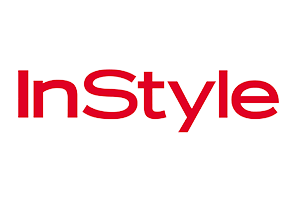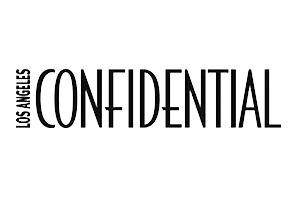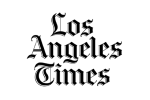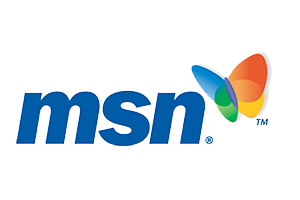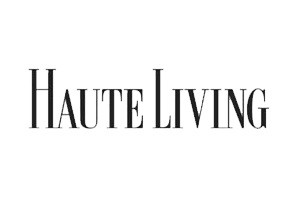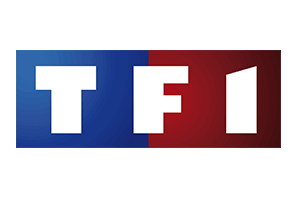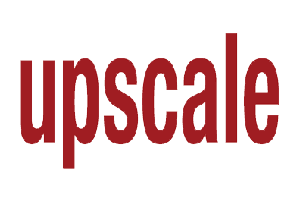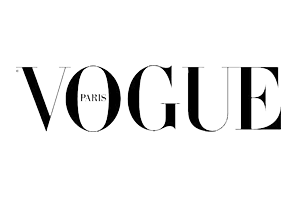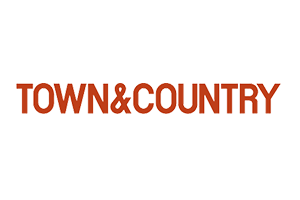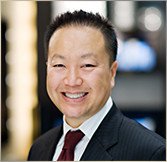The Procedure
A forehead lift or “browlift” is a surgical procedure that restores a more youthful, refreshed look to the area above the eyes. The procedure corrects drooping brows and improves the horizontal lines and furrows that can make a person appear angry, sad or tired. It improves lateral hoods, which are the droopy flaps of skin that hang over the outside corner of the eyes.
The forehead lift procedure is often performed in conjunction with a facelift to provide a smoother overall look to the face. Eyelid surgery (blepharoplasty) may also be performed at the same time as a forehead lift, especially if a patient has significant skin overhang in the upper eyelids. Sometimes, patients who believe they need upper-eyelid surgery find that a forehead lift better meets their surgical goals.
During your consultation, Dr. Chiu will examine your facial structure, the condition of your skin, your hairline, and the muscle activity when you assume various facial expressions in order to decide which surgical approach will best achieve your cosmetic goals. The three most common approaches are: (1) classic or “open” method, (2) endoscopic forehead lift, and (3) Browpexy.
The Method(s)
In a forehead lift, the skin and tissues affected by furrowing or drooping are removed or altered to smooth the forehead, raise the eyebrows and minimize frown lines. Depending on your specific needs, Dr. Chiu may use the conventional surgical method, in which the incision is hidden just behind the hairline; or the surgery may be performed with the use of an endoscope, a viewing instrument that allows the procedure to be performed with minimal incisions. Both techniques yield similar results – smoother forehead skin and a more animated appearance. The primary difference among the various options for forehead lifting revolves around the placement and length of the incision.
The classic forehead lift: Before the operation begins, your hair will be tied with rubber bands on either side of the incision line. Your head will not be shaved, but hair that is growing directly in front of the incision line may need to be trimmed. A coronal incision will be used. It follows a headphone-like pattern, starting at about ear level and running across the top of the forehead and down the other side of the head. The incision is usually made well behind the hairline so that the scar won’t be visible. If your hairline is high or receding, the incision may be placed just at the hairline, to avoid adding even more height to the forehead. For patients who are bald or losing hair, a mid-scalp incision that follows the natural pattern of the skull bones is sometimes recommended. By wearing your hair down on your forehead, most such scars become relatively inconspicuous.
Working through the incision, the skin on the forehead is carefully lifted so that the underlying tissue and the muscles of the forehead can be altered or released. The eyebrows may also be elevated and excess skin at the incision point will be trimmed away to help create a smoother, more youthful appearance. The incision is then closed with stitches or clips. Your face and hair will be washed to prevent irritation and the rubber bands will be removed from your hair. Dr. Chiu may choose to cover the incision with gauze padding and wrap the head in an elastic bandage.
Endoscopic forehead lift: Typically, an endoscopic forehead lift requires the same preparation steps as the traditional procedure: the hair is tied back and trimmed behind the hairline where the incisions will be made. However, rather than making one long coronal incision, Dr. Chiu will make three, four or five short scalp incisions, each less than an inch in length. An endoscope, which is a pencil-like camera device connected to a television monitor, is inserted through one of the incisions, allowing the surgeon to have a clear view of the muscles and tissues beneath the skin. Using another instrument inserted through a different incision, the forehead skin is lifted and the muscles and underlying tissues are altered to produce a smoother appearance. The eyebrows may also be lifted and secured into their higher position by sutures beneath the skin’s surface or by temporary fixation screws placed behind the hairline. When the lift is complete, the scalp incisions will be closed with stitches or clips and the area will be washed. Gauze and an elastic bandage may also be used, depending on Dr. Chiu’s preference and recommendation for you.
Ideal Candidate
As with all elective surgery, good health and realistic expectations are prerequisites. A forehead lift is most commonly performed in the 40-60 age range to minimize the visible effects of aging. However, it can also help people of any age who have developed furrows or frown lines due to stress or muscle activity, or simply have deep horizontal creases across the forehead. Individuals with inherited conditions, such as a low, heavy brow or furrowed lines above the nose can achieve a more alert and refreshed look with this procedure. Patients who are bald, who have a receding hairline, or who have had previous upper-eyelid surgery may still be good candidates for forehead lift. Depending on the special needs of the patient, Dr. Chiu will alter the incision location or perform a more conservative operation.
Surgery and Anesthesia
Dr. Chiu will perform your forehead or brow lift in a fully-accredited surgery center or in a hospital outpatient facility. Forehead lift, or browlift can be performed in approximately one to two hours under general anesthesia.
Recovery
The immediate post-operative experience for a patient who has had a classic forehead lift may differ significantly from a patient who had the procedure performed endoscopically. Classic forehead lift patients may experience some numbness and temporary discomfort around the incision, which can be controlled with prescription medication. Patients who are prone to headaches may be treated with an additional longer-acting local anesthesia during surgery as a preventive measure. The patient may be told to keep his head elevated for two to three days following surgery to keep the swelling down. Swelling may also affect the cheeks and eyes– however; this should begin to disappear in approximately one week. As the nerves heal, numbness on the top of your scalp may be replaced by itching. These sensations may take as long as six months to fully disappear. If bandages were used, they will be removed one or two days after surgery. Most stitches or clips will be removed within two weeks, sometimes in two stages. Some of the hair around the incision may fall out and may temporarily be a bit thinner. Normal growth will usually resume within a few weeks or months. Permanent hair loss is rare.
Endoscopic forehead lift patients may experience some numbness, incision discomfort and mild swelling. Incision site pain is usually minimal, but can be controlled with medication, if necessary. Endoscopic forehead lift patients usually experience less of the itching sensation felt by patients who have had the classic forehead lift. The stitches or staples used to close the incisions are usually removed within a week and the temporary fixation screws within two weeks.
Although you should be up and about within the first two days, plan on taking it easy for at least the first week after surgery. You should be able to shower and shampoo your hair within two days, or as soon as the bandage is removed. Most patients are back to work or school in a week to 10 days. Endoscopic patients may feel ready to return even sooner. Vigorous physical activity should limited for several weeks, including jogging, bending, heavy housework, sex, or any activity that increases your blood pressure. Prolonged exposure to heat or sun should be limited for several months. Most of the visible signs of surgery should fade completely within about three weeks. Minor swelling and bruising can be concealed with special camouflage makeup. You may feel a bit tired and let down at first, but your energy level will increase as you begin to look and feel better.
Risks
Complications are rare and usually minor when a forehead lift is performed by a qualified plastic surgeon, such as Dr. Chiu. Yet, the possibility of complications must be considered. In rare cases, the nerves that control eyebrow movement may be injured on one or both sides, resulting in a loss of ability to raise the eyebrows or wrinkle the forehead. Additional surgery may be required to correct this problem. Formation of a broad scar is also a rare complication. This may be treated surgically by removing the wide scar tissue so a new, thinner scar may result. Also, in some patients, hair loss may occur along the scar edges. Loss of sensation along or just beyond the incision line is common, especially with the classic forehead lift procedure. This is usually temporary, but may be permanent in some patients. Infection and bleeding are very rare, but are possibilities. You can reduce your risk of complications by closely following the surgeon’s instructions both before and after surgery.
Your New Look
Most patients are pleased with the results of a forehead lift, no matter which surgical method was used. Often, patients don’t realize how much their sagging forehead contributed to the signs of aging until they see how much younger and more rested they appear after the lift. Although a forehead lift does not stop the clock, it can minimize the appearance of aging for years. As time passes, you may want to repeat the procedure.
*Some information extracted from the American Society of Plastic Surgeons






